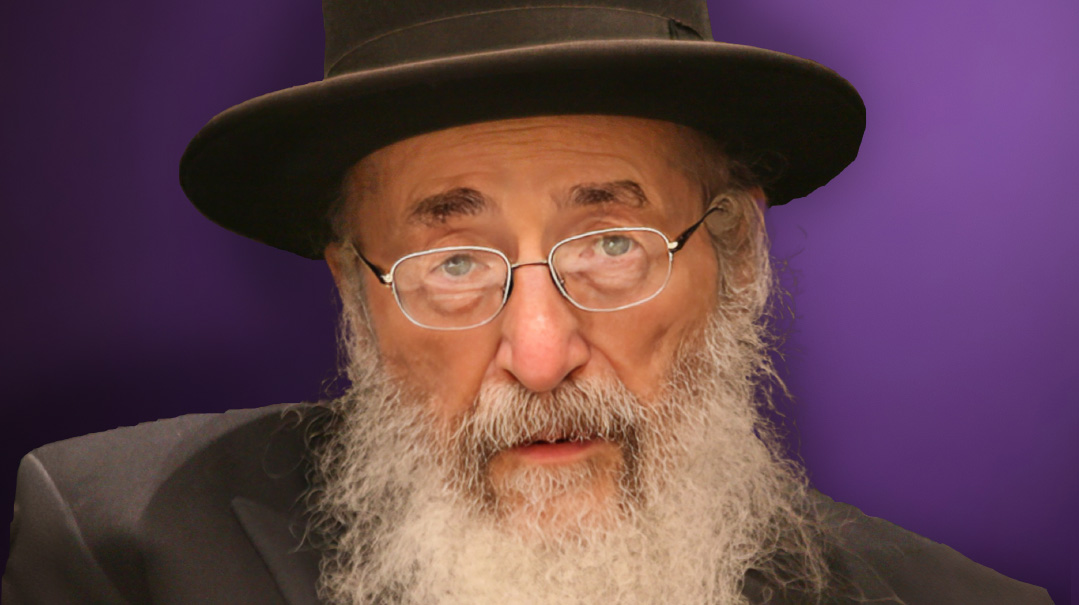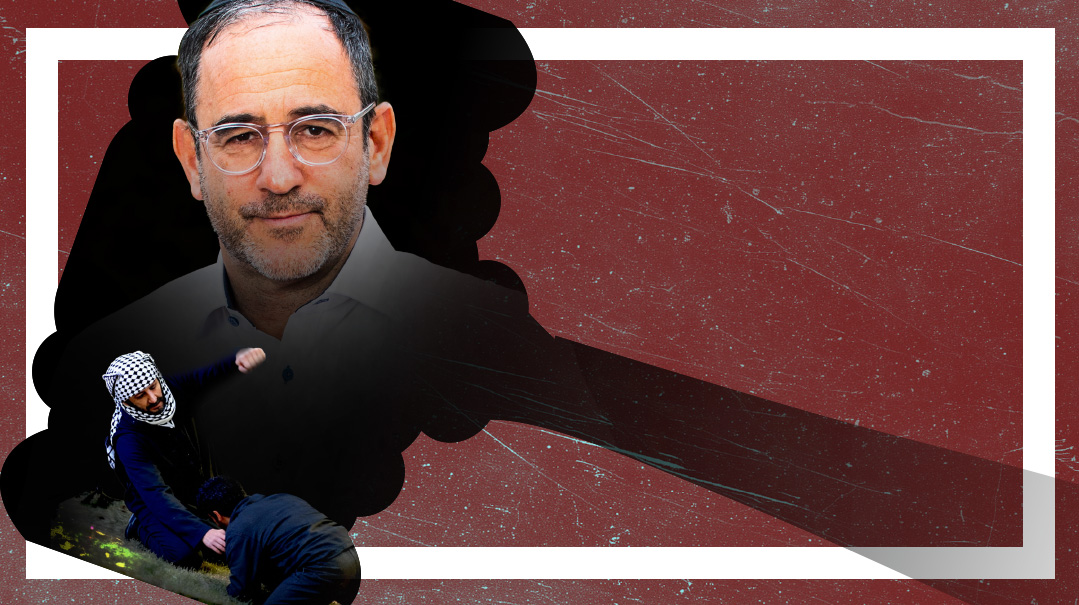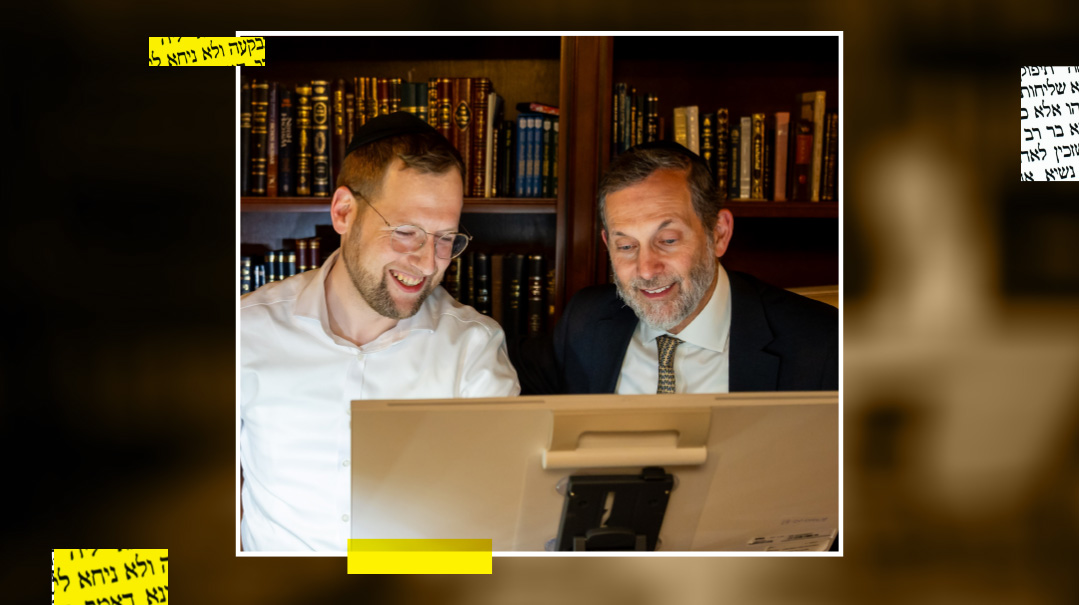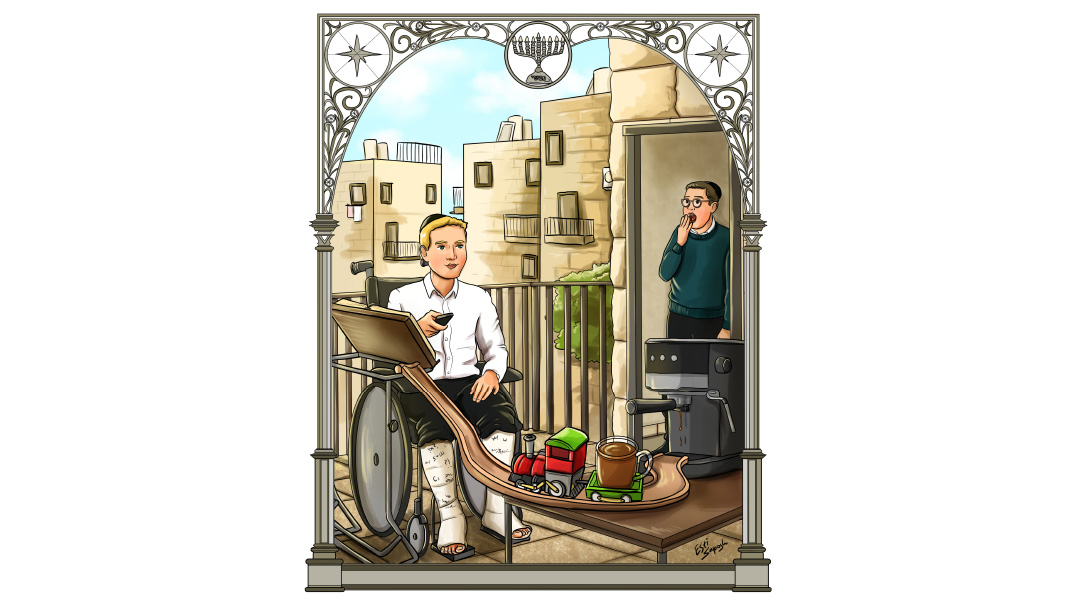Seven Becomes Eight

Rav Moshe Wolfson carried his Emunas Yisrael kehillah into an orbit of hope, trust, and unshakable faith

Photos: Mattis Goldberg, AEGedolimPhotos
IF ever a current of spiritual electricity could be felt, it would probably be during those epic moments on Simchas Torah when the final pesukim of V’Zos Habrachah are read aloud. With a tallis draped overhead, the crush of people lean in closely as the baal korei, in a ringing voice, calls out the saddest words ever written.
“Vayamas sham Moshe eved Hashem — and Moshe died there, a servant of Hashem.”
It’s over. The man who led, prayed, taught, cared, and cried, is gone. We all felt like we knew him so well. Ever since he was introduced to us in parshas Shemos, we watched his every move, analyzed his every word. And now he’s gone. The pesukim continue, words of a final tribute to the greatest man who ever lived. And then the baal korei’s voice raises a notch and, in a booming declaration, cries out the final pasuk: “Ul'chol hayad hachazakah, ul’chol hamoreh hagadol asher asah Moshe l’einei kol Yisrael — and for all the great might and immense fear that Moshe displayed before all Yisrael.”
In response we all proclaim, “Chazak chazak v’nischazek!”
It’s a moment of iconic emotion — joy, sadness, and encouragement, all coming together in a crashing torrent — but a question lingers.
Rashi says that the “immense fear that Moshe displayed before all Yisrael” refers to the breaking of the Luchos.
With this we end the Torah? This is the legacy we leave Moshe Rabbeinu off with? To this timeless tragedy we cry, “Chazak chazak v’nischazek”?
This past week, as parshas Beha’aloscha faded away and rays of parshas Shelach began filtering in — a towering neshamah left this world. Who Rav Moshe Wolfson was, and how he impacted tens of thousands, can’t accurately be described in these next paragraphs. He was an ish kadosh — a true holy person — and what he represented can only be defined in spiritual terms. Like Moshe Rabbeinu. Eved Hashem.
But a man whose existence was defined by the spirit can never truly die. And here is how Rav Moshe Wolfson explained the depth behind the Torah’s final pesukim.
“The Torah is like a body. It begins at the head and ends at the feet with each letter of the Torah corresponding with a Jewish neshamah. The first word of the Torah, ‘Bereishis,’ reflects the majestic neshamah of Moshe Rabbeinu — the ‘head’ of Klal Yisrael — and each letter onward goes down one level. And then, as the Torah nears its end, Moshe dies. The light he radiated is obfuscated. We’re on our own — confused, lonely, lost. The Torah ends with the words l’einei kol Yisrael, with Rashi explaining that this refers to the breaking of the Luchos.
“The Torah is slipping away from us, the times are that frightening. But then… we begin again! We go back to Bereishis, back to Moshe Rabbeinu. The eved Hashem is back with his people — chazak chazak v’nischazek!”
It is with this message that we bid farewell to Moshe Rabbeinu. And it is with this message that we bid farewell to Rav Moshe Wolfson.
Oops! We could not locate your form.







